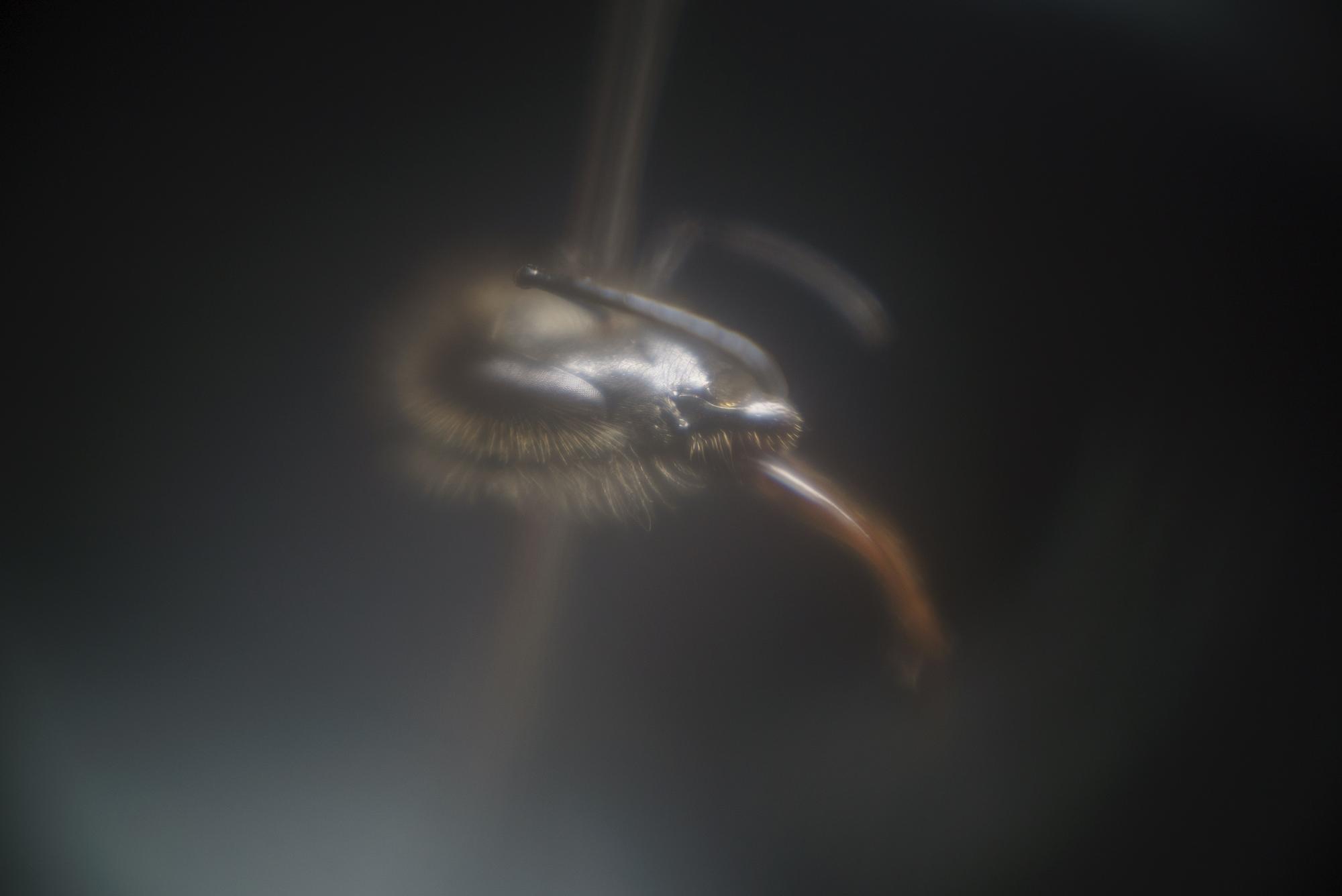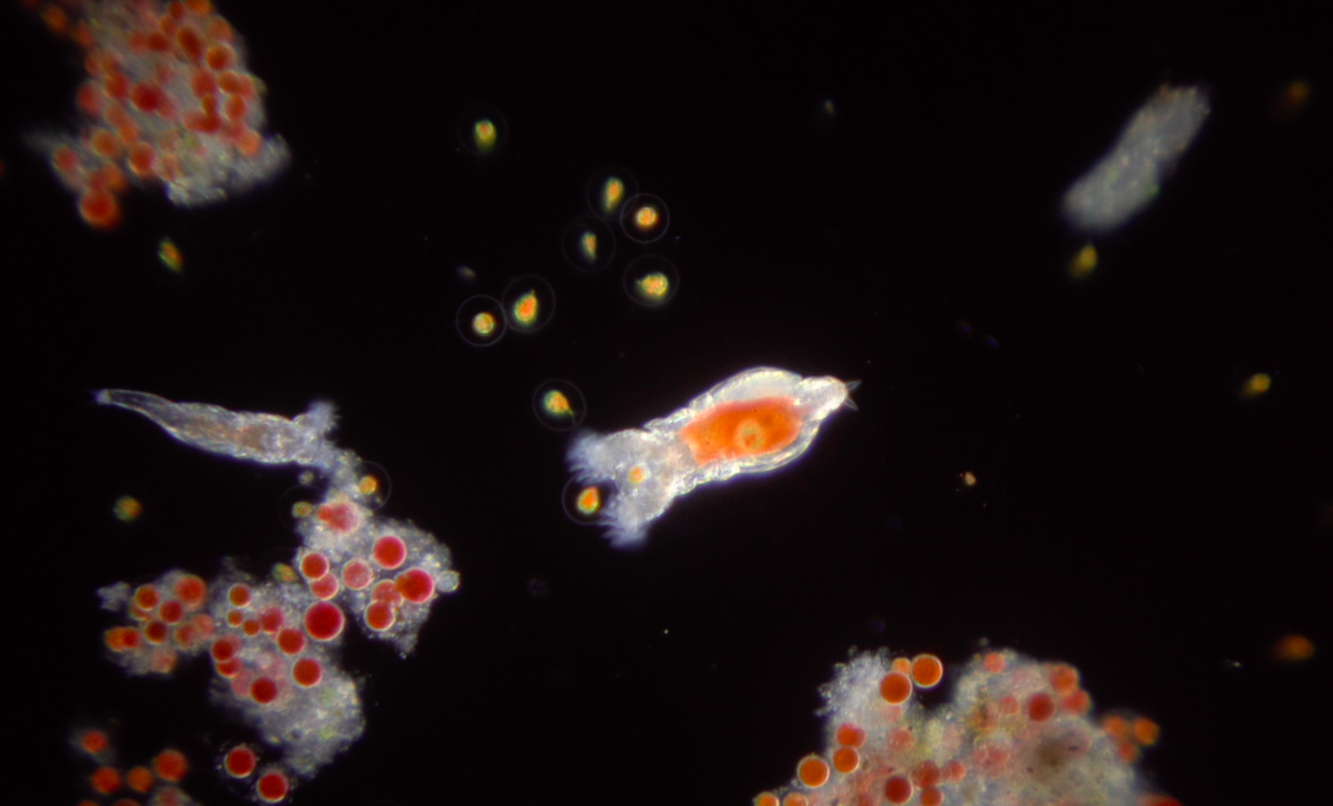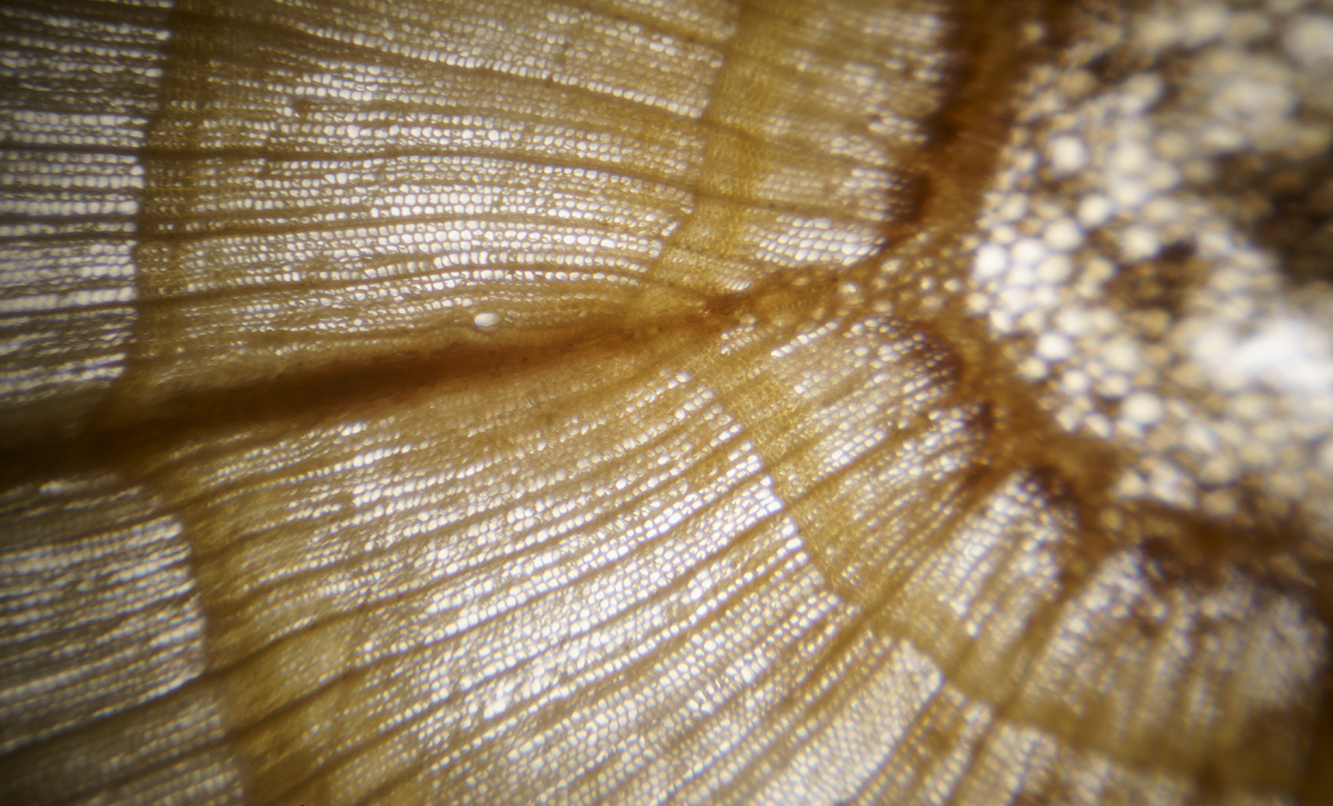At the basis of Visualizing the Unknown are the reconstructions we make of seventeenth-century microscopical observations. These hands-on sessions at Rijksmuseum Boerhaave (2021-2022) were the first step in analyzing the complex and multi-layered composition of seemingly self-evident images. In a lab-setting, we used original microscopes, a.o. by Johan van Musschenbroek, Giuseppe Campani, and Antoni van Leeuwenhoek, as well as the most advanced optical and digital techniques, in order to understand early modern scientific practices. Gearing between re-enacting and reverse-engineering, we analyzed processes that mostly have not been recorded or studied. How to make a preparation? How to handle your optical tool? What is the role of light? How to make sense of what you see? These are the issues seventeenth-century scholars faced.
The MicroLabs consisted of a series of case-studies. The subjects we have chosen each have been studied by at least three seventeenth-century microscopists. By engaging with the instruments, looking with our own eyes, and by comparing and combining their historical notes, images and instruments (or reconstructions of them), we were able to shed new light on previously understudied issues. Sources of light, for example, or the right cut of any studied creature. The MicroLabs are a case of learning-by-doing, providing the research-team with insights and information that otherwise would not be noticed.





